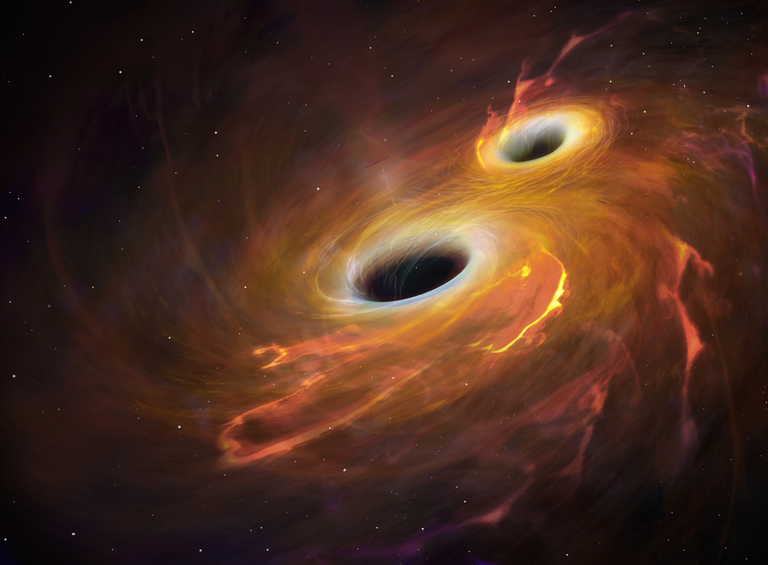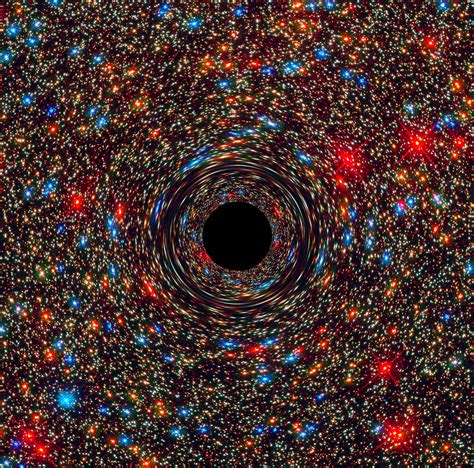
Black holes are among the most fascinating and mysterious objects in the universe. They defy our understanding of physics, challenge the very fabric of space-time, and captivate scientists and space enthusiasts alike. Here are some mind-blowing facts about black holes that will leave you in awe.
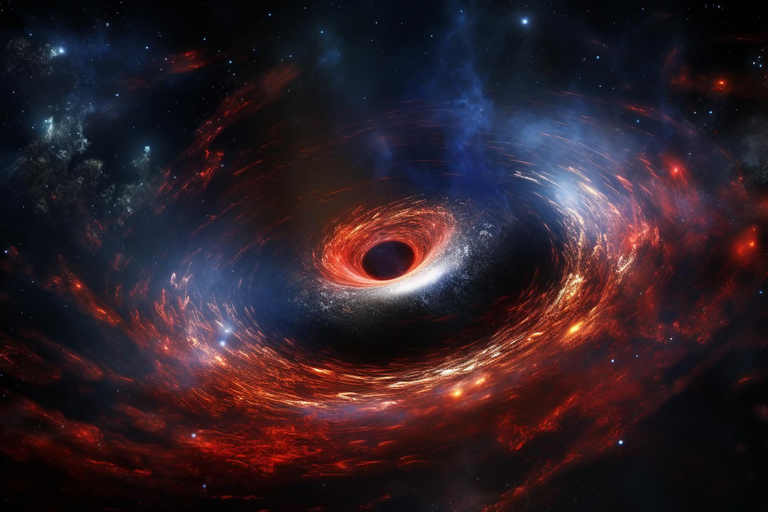
1. Nothing Can Escape a Black Hole—Not Even Light
A black hole's gravitational pull is so strong that nothing, not even light, can escape its grasp once it crosses the event horizon. This is why black holes appear completely black—they swallow all light and radiation that comes near them.
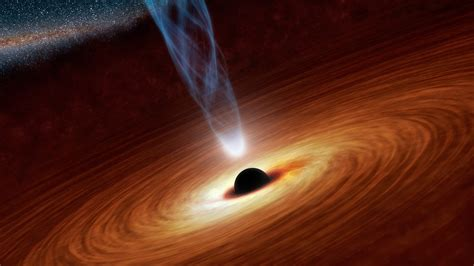
2. Black Holes Can Warp Time
According to Einstein’s theory of general relativity, the immense gravity of a black hole can distort time itself. If you were to approach a black hole, time would slow down relative to an observer watching from afar. This means that if you fell into a black hole, you would appear to freeze in time from an external perspective.
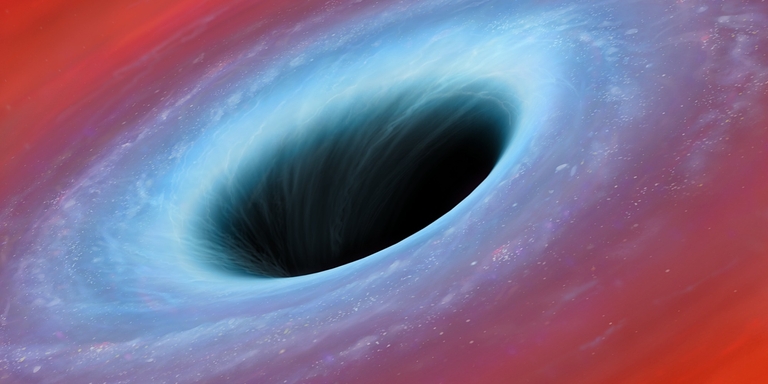
3. They Come in Different Sizes
Black holes are classified into different types based on their size:
- Stellar Black Holes: Formed from the collapse of massive stars, these are a few times more massive than our Sun.
- Supermassive Black Holes: Found at the center of galaxies, including the Milky Way, these can be millions or even billions of times more massive than the Sun.
- Primordial Black Holes: Hypothetical tiny black holes that might have formed in the early universe.
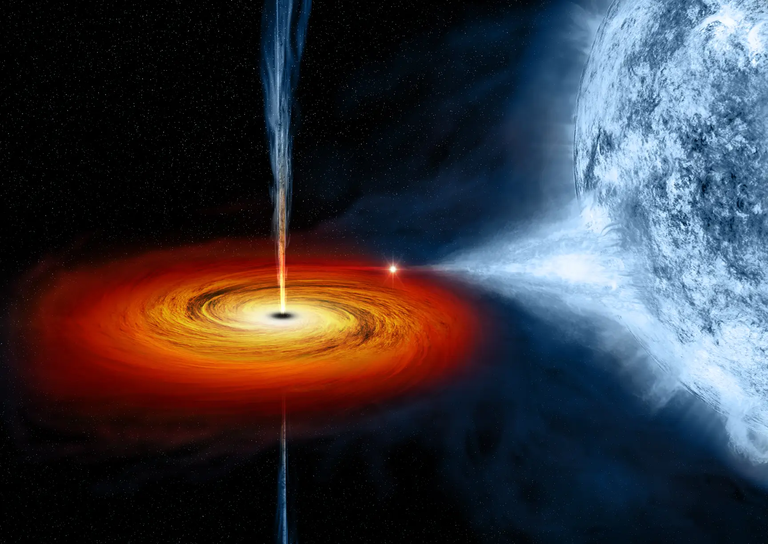
4. Some Black Holes Are Active and Feed on Matter
When a black hole consumes nearby gas, dust, and even stars, it emits enormous amounts of energy. These feeding black holes are known as "quasars," and they can outshine entire galaxies, making them some of the brightest objects in the universe.
5. They Can Spaghettify Objects
If you were to fall into a black hole, you would experience an effect called "spaghettification." The gravitational force would pull more strongly on your feet than your head (if falling feet-first), stretching your body into a long, thin strand, much like spaghetti. Needless to say, it would be a fatal experience!
6. The Closest Known Black Hole Is Relatively Nearby
The closest known black hole, Gaia BH1, is about 1,500 light-years away in the constellation Ophiuchus. While that may sound far, it's actually close in astronomical terms!
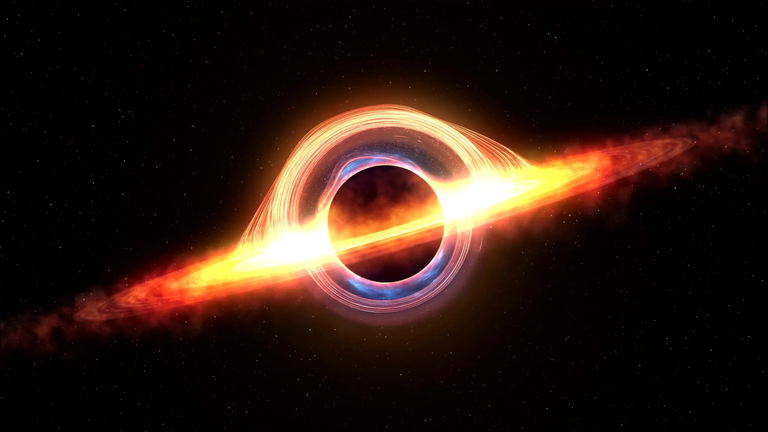
7. Hawking Radiation Could Lead to Black Hole Evaporation
Physicist Stephen Hawking proposed that black holes emit tiny amounts of radiation over time, known as Hawking radiation. If this radiation is real, it means that black holes could eventually shrink and vanish over billions of years.
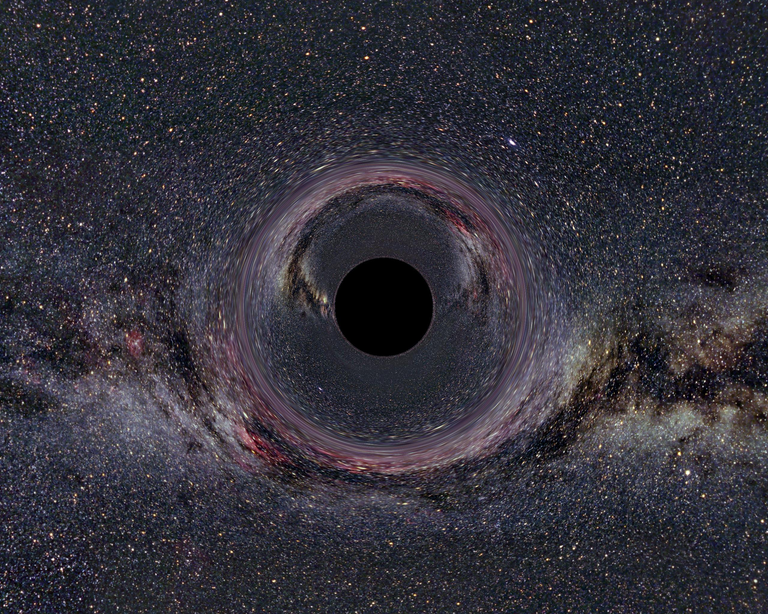
8. A Black Hole Can Merge with Another Black Hole
When two black holes collide, they merge into a single, even more massive black hole. This event releases powerful gravitational waves—ripples in space-time—which have been detected by observatories like LIGO and Virgo.
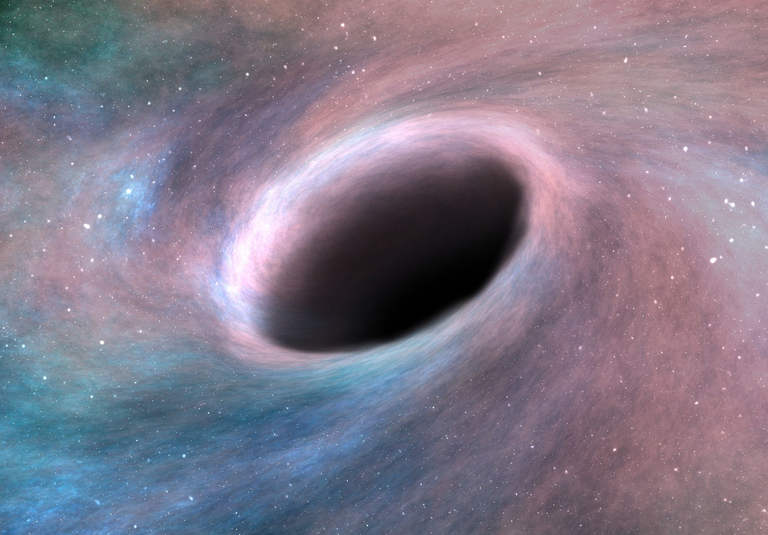
9. Black Holes May Hold the Secrets of the Universe
Some scientists believe that black holes could be gateways to other universes or that they hold the key to understanding quantum gravity. While these ideas are still theoretical, they continue to fuel scientific curiosity and debate.
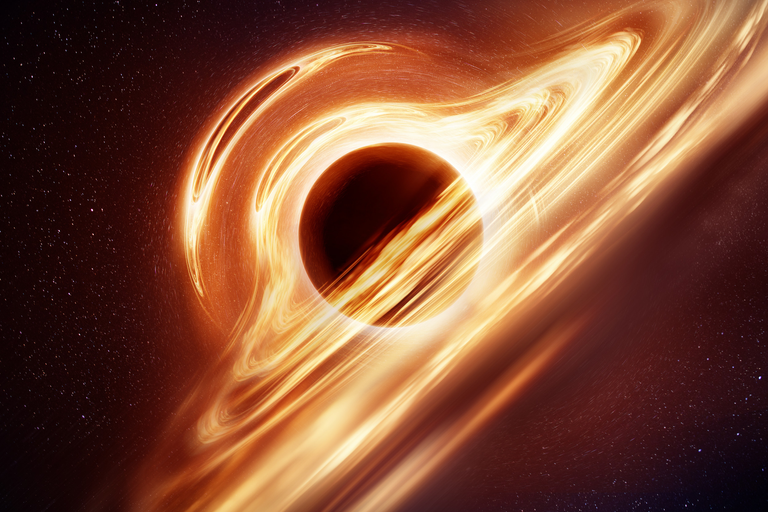
10. The First-Ever Image of a Black Hole Was Captured in 2019
In a groundbreaking achievement, the Event Horizon Telescope captured the first-ever image of a black hole in the galaxy M87. This image provided direct visual proof of black holes and confirmed many aspects of Einstein’s general relativity.
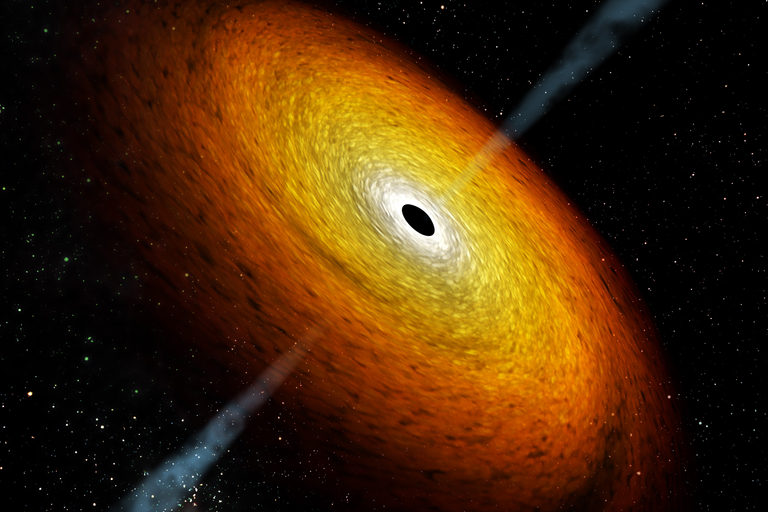
Final Thoughts
Black holes remain one of the most intriguing mysteries of the cosmos. As technology advances, we continue to learn more about these enigmatic objects, uncovering new secrets about the universe. What other surprises might black holes have in store for us? Only time (and science) will tell!
